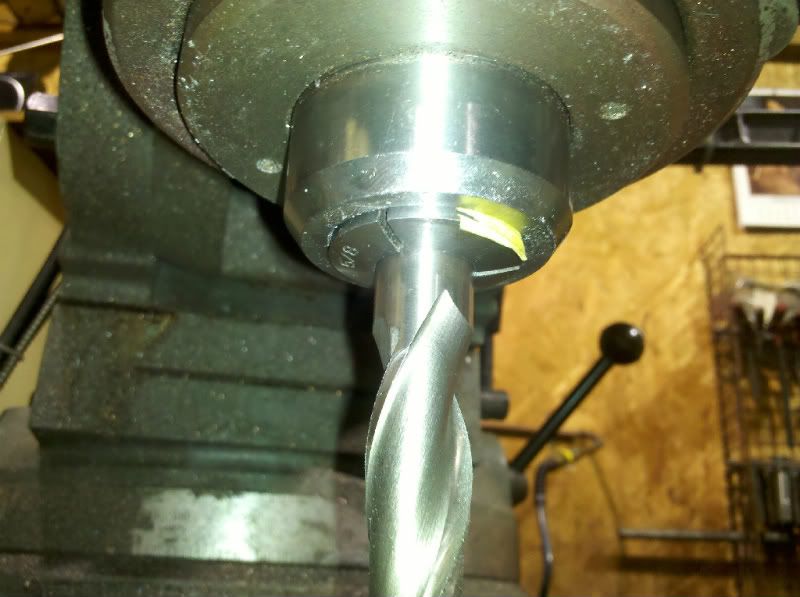xdmp22
Hot Rolled
- Joined
- Jan 28, 2012
- Location
- Nebraska, U.S.A.
Thought a thread of tricks would be nice.....
Here is one of my favorites I use it weekly....
Need a good finish for a clearance hole, but don't have a reamer or want to take the time to set up a boring head?
offset an endmill with shimstock or piece of paper in the collet of your mill.....enlarges the radius size by about 80% of thickness of shim....if your paper is .0035....hole usually enlarges by about .0055 diameter.....
worth taking a test cut the first few times if tolerances is tight, but for clearance holes, I just should in a piece or two and go for it....works perfect
works well with powerfeed or just feed by hand
here are a pic

Enjoy!
Care to share any of yours?
Here is one of my favorites I use it weekly....
Need a good finish for a clearance hole, but don't have a reamer or want to take the time to set up a boring head?
offset an endmill with shimstock or piece of paper in the collet of your mill.....enlarges the radius size by about 80% of thickness of shim....if your paper is .0035....hole usually enlarges by about .0055 diameter.....
worth taking a test cut the first few times if tolerances is tight, but for clearance holes, I just should in a piece or two and go for it....works perfect
works well with powerfeed or just feed by hand
here are a pic

Enjoy!
Care to share any of yours?






